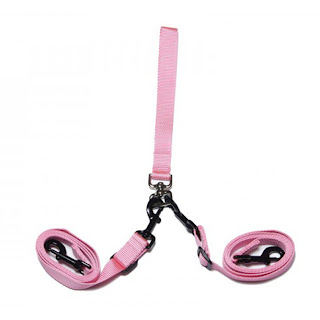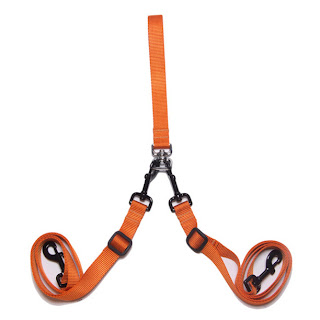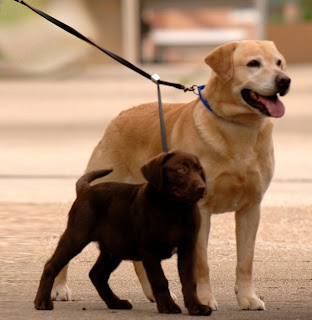The cute dogs, well if you like cute and small dogs maybe chihuahua is yours lovely
History
The Chihuahua’s history is puzzling and there are many theories surrounding the origin of the breed. Both folklore and archeological finds show that the breed originated in Mexico. The most common and most likely theory is that Chihuahuas are descended from the Techichi, a companion dog favored by the Toltec civilization in Mexico. No records of the Techichi are available prior to the 9th century, although dog pots from Colima, Mexico, buried as part of the western Mexico shaft tomb tradition which date back to 300 B.C. are thought to depict Techichis. It is probable that earlier ancestors were present prior to the Mayans as dogs approximating the Chihuahua are found in materials from the Great Pyramid of Cholula, predating 1530 and in the ruins of Chichen Itza on the Yucatán Peninsula. In fact, wheeled dog toys representing both the "deer head" and "apple head" varieties of Chihuahua have been unearthed across Mesoamerica from Mexico to El Salvador. The earliest of these were found at Tres Zapotes in Veracruz, Mexico, which date to 100 A.D. Dog effigy pots dating to around 1325 A.D. discovered in Georgia and Tennessee also appear to represent the Chihuahua It has been argued that these pots arrived with survivors from the Casas Grandes site in Chihuahua, Mexico, after it was attacked and destroyed around 1340 A.D. Pots unearthed at Casas Grandes include representations of the "deer head" variety of Chihuahua. Colonial records refer to small, nearly hairless dogs at the beginning of the 19th century, one of which claims 16th-century Conquistadores found them plentiful in the region later known as Chihuahua.
A progenitor of the breed was reputedly found in 1850 in old ruins near Casas Grandes in the Mexican state of Chihuahua from which the breed gets its name, although most artifacts relating to its existence are found around Mexico City. A pot featuring the "deer head" variety of Chihuahua has been unearthed at Casas Grandes which dates from 1100–1300 A.D. showing the long history of the breed at this site.
The Chihuahua has remained consistently popular as a breed, particularly in America when the breed was first recognized by the American Kennel Club in 1904. Although it was once thought that the present day Chihuahua was much smaller than its ancestors, a change thought to be due to the introduction of miniaturized Chinese dogs, such as the Chinese crested dog, into South America by the Spanish, it is now known that this is not the case. A wheeled dog toy which has been dated to 100 A.D. from Tres Zapotes in Veracruz, Mexico, depicts a dog identical in appearance and size to the modern "apple head" Chihuahua thus proving conclusively that the breed was in Mexico over 1400 years before the first Europeans arrived.
The Kennel Club in the United Kingdom and the American Kennel Club in the United States recognize only two varieties of Chihuahua: the long-coat, and the smooth-coat, also referred to as short-haired. They are genetically the same breed. The term smooth-coat does not mean that the hair is necessarily smooth, as the hair can range from having a velvet touch to a whiskery feeling. Long-haired Chihuahuas are actually smoother to the touch, having soft, fine guard hairs and a downy undercoat, which gives them their fluffy appearance. Unlike many long-haired breeds, long-haired Chihuahuas require no trimming and minimal grooming. Contrary to popular belief, the long-haired breed also typically sheds less than its short-haired counterparts. It may take up to two or more years before a full long-haired coat develops.
source:
wiki









